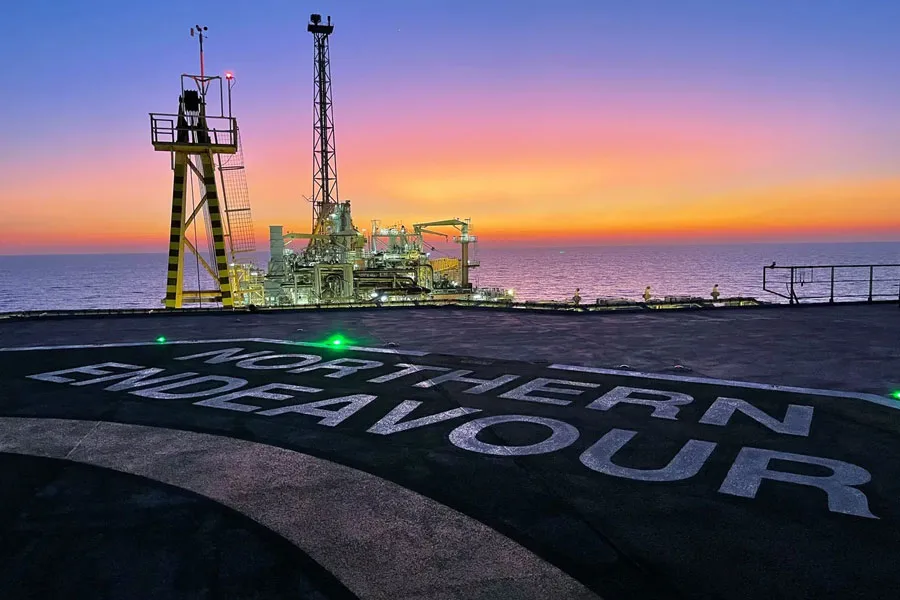PERTH, AUSTRALIA – August 18, 2025 – Australia’s offshore decommissioning market is gaining momentum, marked by significant new contract awards and heightened regulatory oversight. The past two weeks have seen key developments that underscore the nation’s commitment to responsibly retiring aging offshore assets, while also highlighting the complexities and challenges of this growing industry.
In a major development, the integrated energy services company Kent was awarded a new technical advisory contract by the Australian government. The two-year contract is for advisory services to support the permanent plugging and abandonment of the Laminaria-Corallina oil fields in the Timor Sea and the safe removal of associated subsea infrastructure. This work is a crucial part of the government’s decommissioning program for the Northern Endeavour floating production, storage, and offloading (FPSO) facility, which it assumed responsibility for following the liquidation of the former operator.
Meanwhile, regulatory scrutiny is intensifying. The National Offshore Petroleum Safety and Environmental Management Authority (NOPSEMA) has issued new general directions to Woodside Energy concerning its ongoing decommissioning and removal activities at the Stybarrow, Griffin, and Minerva fields. NOPSEMA’s directions were prompted by unexpected site conditions and a series of safety incidents. The regulator is now requiring Woodside to conduct new risk assessments to ensure all future removal operations are conducted in a safe and environmentally responsible manner.
This regulatory action comes as the industry is focused on the massive decommissioning program in the Bass Strait. Esso Australia, a subsidiary of ExxonMobil, is undertaking Australia’s largest decommissioning project, which involves dismantling up to 12 retired platforms from the Gippsland Basin. Allseas has been contracted to use its single-lift technology to remove the structures, which are then to be transported to the Barry Beach Marine Terminal for dismantling and recycling. Esso Australia has already invested over $2.5 billion in early decommissioning work, including the permanent plugging and abandonment of more than 200 wells.
Industry organizations, including unions and environmental groups, are also advocating for the creation of a dedicated decommissioning hub in Western Australia to manage the increasing volume of retired offshore infrastructure. This proposal highlights the growing recognition of decommissioning as a significant industrial activity that requires dedicated onshore facilities and a skilled workforce.
The Australian government has also entered into a new partnership agreement with the UK to strengthen cooperation on offshore decommissioning. The collaboration aims to share knowledge, skills, and regulatory best practices from the North Sea, leveraging the UK’s decades of experience to enhance the efficiency and effectiveness of Australia’s burgeoning decommissioning sector.
These developments collectively illustrate a maturing Australian decommissioning market, driven by a combination of government oversight, industry innovation, and a long-term strategic vision for managing the nation’s energy assets.
“Your company news doesn’t just get published – it’s seen by the decision makers who matter.”










